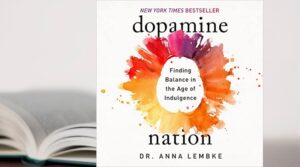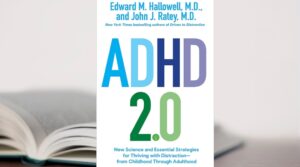Our brains are malleable and technology is changing them
Why is regular engagement with technology important to consider when it comes to mental and physical wellbeing?
From a physical and cognitive perspective, a term that has fairly recently found its way into the public domain is ‘neuro-plasticity’.
When it comes to human-computer psychology, this is an important factor that really needs greater levels of understanding, research and publicity.
Previously, developmental psychologists stated that at a certain age (around the late teen/early 20’s) our brain has completed its development. They believed that the structure of our brain throughout the remainder of our lives was fixed, and we couldn’t do much about it after that.
But this now has been disproven. Our brains continue to develop and change as we go about life, as we meet people, as we do things and as we learn things.
The information that comes in through our 5 senses activates specific neurons associated with those senses. The bonds between these neurons, and those they are connected to, are strengthened as they are activated.
The more we do something, the stronger and more connected those neurons become. These strong neural bonds allow information to flow quicker and more easily through the brain.
Those neurons that are not continuously used become weaker and information flow becomes a little sludgier.
This is why developing a new skill or habit is hard work and requires additional willpower and determination. It is also why practising something embeds familiarity and makes a task easier.
It is really the basis of what we call ‘muscle memory’ when we are developing a new skill and expertise. It is also why breaking a bad habit is so difficult to do.
Additionally, the effort of honing a desired skill and doing something well releases mini dopamine hits into our system. Dopamine in our bodies is our natural happy drug, but in doses that give us lower-level, longer-lasting contentment, rather than the mass hits of synthetic ecstasy drugs that give us short-term thrills.
This is relevant, from a technology use point of view, in that technology (including social media and gaming) are specifically designed to keep us hooked.
The flashing and moving images and copy changes distract our eyes, engage our attention and release mini-hits of dopamine. The neural development that happens while using those apps becomes directly associated with the mini-dopamine hits, which we start relying on when we are feeling a little low – and this is what keeps us hooked.
Some us spend substantial amounts of time on our phones: switching regularly between emails, social media or checking messages alongside attempting to get work done. We often open up notifications as soon as they pop up (which most of us do within 30 sec’s of receiving them – no matter the source of the notification). We read that story just in, we check what the score is on the game running in the corner of the screen, we listen to that song now playing on Alexa, we quickly reply to mum’s text, we get back to that email, we message that friend about drinks this evening, we write another paragraph of the presentation, we reply to another email …
What you are doing in this process, is training your brain to reduce the ability to focus and concentrate on harder, more difficult tasks that result in productive work. You are also training your brain, through the mini-dopamine hits you get with each bits of activity.
Hard thinking (deep) work takes mental effort and energy. It’s so much easier, and emotionally more pleasing, to flick between tasks and shower our brain with another quick dopamine hit. In the process, our brains start getting into a habit of being distracted. We crave constant stimulation and the mini-dopamine rush that comes from social connection and information hits.
The overall message here is that although we generally attribute technology addiction and dependence on gamers and teens on social media, a number of us have our own level of reliance on technology. It may not be in the ‘addiction or disorder’ realm, but we do need to be aware of how we use technology and what it is doing for and to us.






